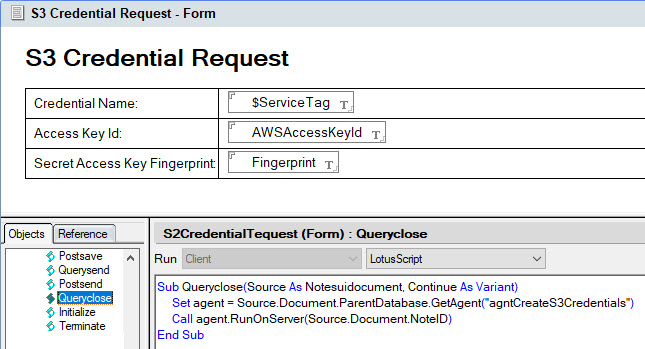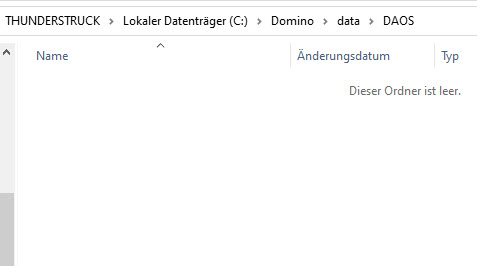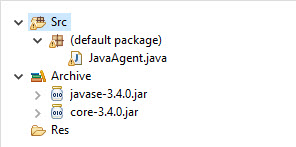Create random files with random content with Java
I was playing with DAOS in Domino 12 recently and needed a way to create thousands of test files with a given file size and random content.
I did not want to use existing files with real data for my tests. There are several programs available for Linux and Windows. Google for it. But as a developer, I should be able to create my one tool.
Here is some sample Java code that uses java.util.Random to create filnames and content in an easy way.
package de.eknori;
import java.io.BufferedOutputStream;
import java.io.File;
import java.io.FileNotFoundException;
import java.io.FileOutputStream;
import java.io.IOException;
import java.util.Random;
public class DummyFileCreator {
static int filesize = 129 * 1024;
static int count = 9500;
static File dir = new File("c:\\temp\\dummy\\");
static String ext = ".txt";
public static void main(String[] args) {
byte[] bytes = new byte[filesize];
BufferedOutputStream bos = null;
FileOutputStream fos = null;
try {
for (int i = 0; i < count; i++) {
Random rand = new Random();
String name = String.format("%s%s", System.currentTimeMillis(), rand.nextInt(100000) + ext);
File file = new File(dir, name);
fos = new FileOutputStream(file);
bos = new BufferedOutputStream(fos);
rand.nextBytes(bytes);
bos.write(bytes);
bos.flush();
bos.close();
fos.flush();
fos.close();
}
} catch (FileNotFoundException fnfe) {
System.out.println("File not found" + fnfe);
} catch (IOException ioe) {
System.out.println("Error while writing to file" + ioe);
} finally {
try {
if (bos != null) {
bos.flush();
bos.close();
}
if (fos != null) {
fos.flush();
fos.close();
}
} catch (Exception e) {
System.out.println("Error while closing streams" + e);
}
}
}
}
The code is self-explanatory. Adjust the variables to your own needs, and you are ready to go








